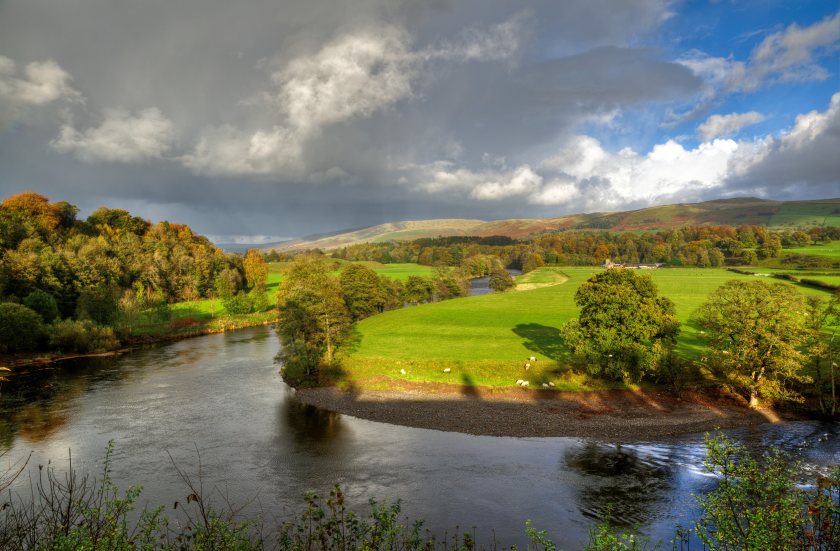
Scottish farmers are being warned of a risk of water scarcity this summer following below-average rainfall over winter and autumn.
In light of this challenge, farmers and growers across Scotland are being told to take steps now to enhance their water resilience.
Despite intermittent wet spells, most of Scotland has seen lower than average rainfall, according to the Scottish Environment Protection Agency (SEPA).
It says that with that despite brief periods of heavy rain and flooding from Storm Darragh and Storm Éowyn, this was quickly followed by a drier than usual rest of January and February.
The Met Office has reported that rainfall in northern Scotland was exceptionally low during February, with Orkney receiving just 34% of its typical rainfall, Sutherland 37% and Shetland just 40%.
The lack of rainfall seen during the winter period poses potential challenges for Scotland’s water resources, SEPA warns.
It adds that the coming spring and summer are now relying on an above average rainfall to replenish the low groundwater levels.
Groundwater levels are key indicators of Scotland's water reserves, replenishing through winter rainfall but often depleting during summer when demand for water increases.
Without above average rainfall over spring and summer there is a greater risk of water scarcity, particularly in areas that are already experiencing low groundwater levels.
Continued drier weather can disrupt agricultural activities, strain local water supplies and impact industries that depend on consistent water availability.
“As part of our commitment to helping Scotland become more climate resilient, we’ll continue to monitor the situation closely," said Claire Tunaley, senior hydrologist at SEPA.
"The broader picture is one of persistent dryness with many areas seeing below average rainfall over the past several months.
"Groundwater levels are normal to low for the time of year, with particularly low values recorded in Fife, Angus and Dumfries.
"In Fife the groundwater levels recorded are similar to, or even lower than, those seen in February 2022 – a year that saw drought conditions that summer."
Seasonal reporting by SEPA will begin in May, providing weekly updates on conditions to ensure businesses can prepare.
